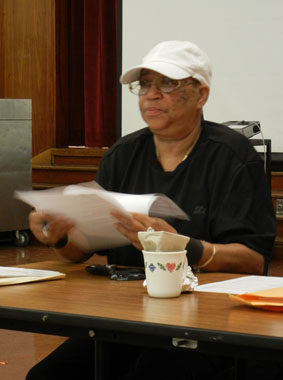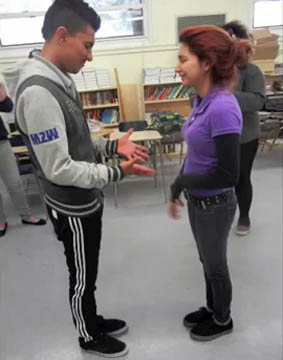 Manual Arts High School journalism students created audio slideshows that showcased their dancing skills through photography and personal commentary. Select students danced to traditional Latin music, while others documented the activity with their cameras. After choosing the best photos, the class split up into teams to record their thoughts.
Manual Arts High School journalism students created audio slideshows that showcased their dancing skills through photography and personal commentary. Select students danced to traditional Latin music, while others documented the activity with their cameras. After choosing the best photos, the class split up into teams to record their thoughts.
Team 1: Ashley Howell, Teresa Valle, Dany Garcia
Team 2: Katherine Zepeta, Wendy Archila
Team 3: Oscar Sandoval, Joanna Harrison
Best Photographer: Ashley Howell
Runner-up Best Photographer: Dixia Aguilar
Winning Audio Slideshow: Ashley Howell, Teresa Valle, Dany Garcia
Watch two of the winning entires below, then click here to view all of the students’ work.










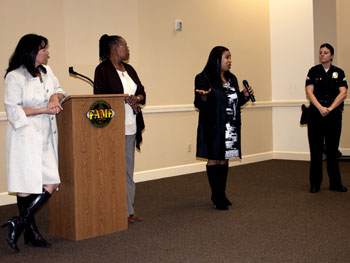
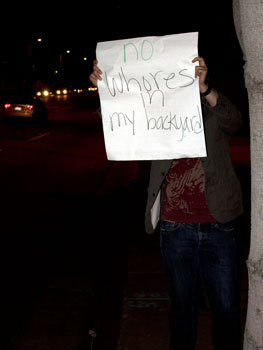
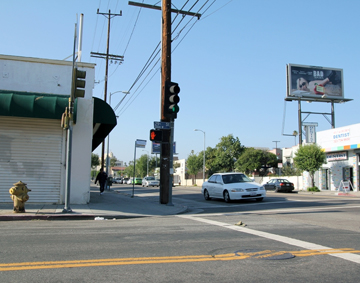 The intersection at 29th and Western, a popular corner for prostitutes. (Photos: Lisa Rau)
The intersection at 29th and Western, a popular corner for prostitutes. (Photos: Lisa Rau)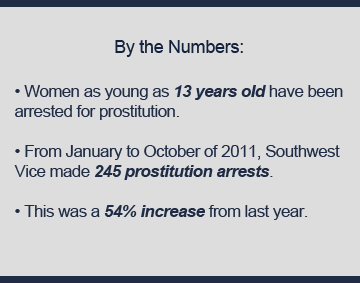 Dubbed the Figueroa Corridor Project, the program was extended in early 2011 to include the Western Corridor, which encompasses McGuyre’s patrol area. A city attorney has been assigned specifically to prosecute all of LAPD Southwest’s prostitution-related arrests.
Dubbed the Figueroa Corridor Project, the program was extended in early 2011 to include the Western Corridor, which encompasses McGuyre’s patrol area. A city attorney has been assigned specifically to prosecute all of LAPD Southwest’s prostitution-related arrests. After getting no response, the couple began a Twitter account,
After getting no response, the couple began a Twitter account, 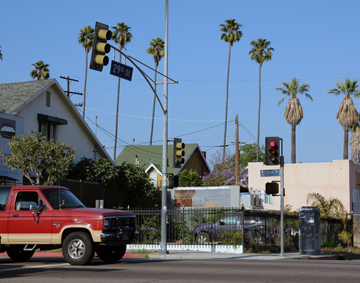 During the day, the corner of 29th and Western is quiet.
During the day, the corner of 29th and Western is quiet.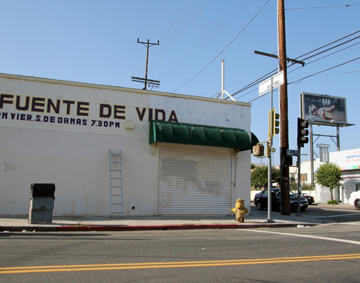 Jones and Smith can hear traffic increase at the intersection of 29th and Western at night, when the johns slow down to talk to prostitutes.
Jones and Smith can hear traffic increase at the intersection of 29th and Western at night, when the johns slow down to talk to prostitutes.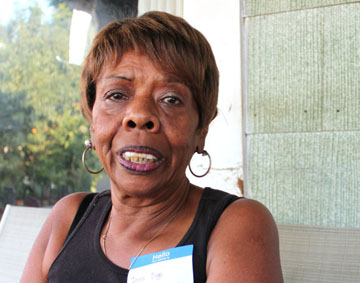 For the past four months, journalist and USC student Melissa Leu visited the monthly meetings of the neighborhood council Voices of 90037. During her time, she found out a lot about how hyper-local politics operate in underserved communities. Voices of 90037 represent the a strip just north of Watts. It sits between the 110 and Flower Street, south of Martin Luther King Jr. Boulevard to 62nd Street.
For the past four months, journalist and USC student Melissa Leu visited the monthly meetings of the neighborhood council Voices of 90037. During her time, she found out a lot about how hyper-local politics operate in underserved communities. Voices of 90037 represent the a strip just north of Watts. It sits between the 110 and Flower Street, south of Martin Luther King Jr. Boulevard to 62nd Street.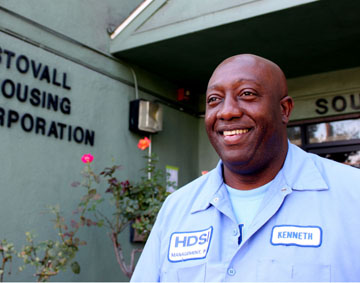 For the past four months, journalist and USC student Melissa Leu visited the monthly meetings of the neighborhood council Voices of 90037. During her time, she found out a lot about how hyper-local politics operate in underserved communities. Voices of 90037 represent the a strip just north of Watts. It sits between the 110 and Flower Street, south of Martin Luther King Jr. Boulevard to 62nd Street.
For the past four months, journalist and USC student Melissa Leu visited the monthly meetings of the neighborhood council Voices of 90037. During her time, she found out a lot about how hyper-local politics operate in underserved communities. Voices of 90037 represent the a strip just north of Watts. It sits between the 110 and Flower Street, south of Martin Luther King Jr. Boulevard to 62nd Street.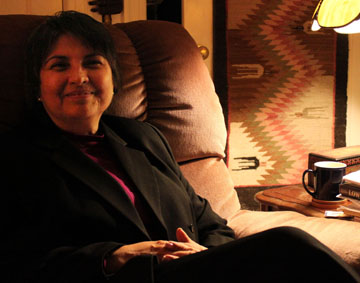 For the past four months, journalist and USC student Melissa Leu visited the monthly meetings of the neighborhood council Voices of 90037. During her time, she found out a lot about how hyper-local politics operate in underserved communities. Voices of 90037 represent the a strip just north of Watts. It sits between the 110 and Flower Street, south of Martin Luther King Jr. Boulevard to 62nd Street.
For the past four months, journalist and USC student Melissa Leu visited the monthly meetings of the neighborhood council Voices of 90037. During her time, she found out a lot about how hyper-local politics operate in underserved communities. Voices of 90037 represent the a strip just north of Watts. It sits between the 110 and Flower Street, south of Martin Luther King Jr. Boulevard to 62nd Street.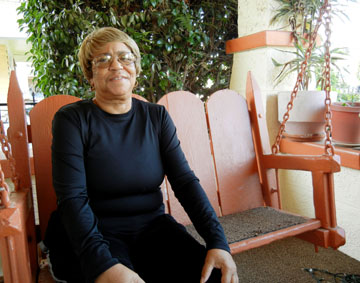 For the past four months, journalist and USC student Melissa Leu visited the monthly meetings of the neighborhood council Voices of 90037. During her time, she found out a lot about how hyper-local politics operate in underserved communities. Voices of 90037 represent the a strip just north of Watts. It sits between the 110 and Flower Street, south of Martin Luther King Jr. Boulevard to 62nd Street.
For the past four months, journalist and USC student Melissa Leu visited the monthly meetings of the neighborhood council Voices of 90037. During her time, she found out a lot about how hyper-local politics operate in underserved communities. Voices of 90037 represent the a strip just north of Watts. It sits between the 110 and Flower Street, south of Martin Luther King Jr. Boulevard to 62nd Street.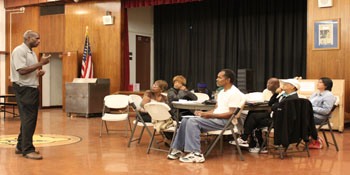 Robert Whitman, the new Manual Arts High School principal, shed light on the current situation at his school. MAHS lost federal funding dedicated to reducing class sizes because it did not meet its student achievement goals for last year. As a result, student-teacher ratios have increased to 32:1 for 9th and 10th graders and 44:1 for 11th and 12th graders.
Robert Whitman, the new Manual Arts High School principal, shed light on the current situation at his school. MAHS lost federal funding dedicated to reducing class sizes because it did not meet its student achievement goals for last year. As a result, student-teacher ratios have increased to 32:1 for 9th and 10th graders and 44:1 for 11th and 12th graders.